
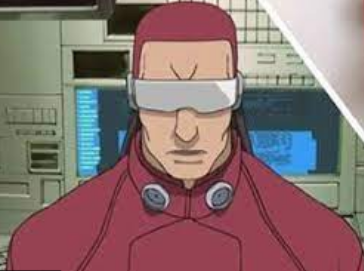
A cool on-the-face gadget is indispensable to cyberpunk stories. I always wonder If I could have one. The difficulty is in designing and printing something not just stylish but also wearable.

One day I found a neat full face mask is available at relatively inexpensive price (https://www.aliexpress.com/item/1005003032827472.html).
I thought it'll be a good starting point to build my own cyberpunk mask and immediately bought two.

 likeablob
likeablob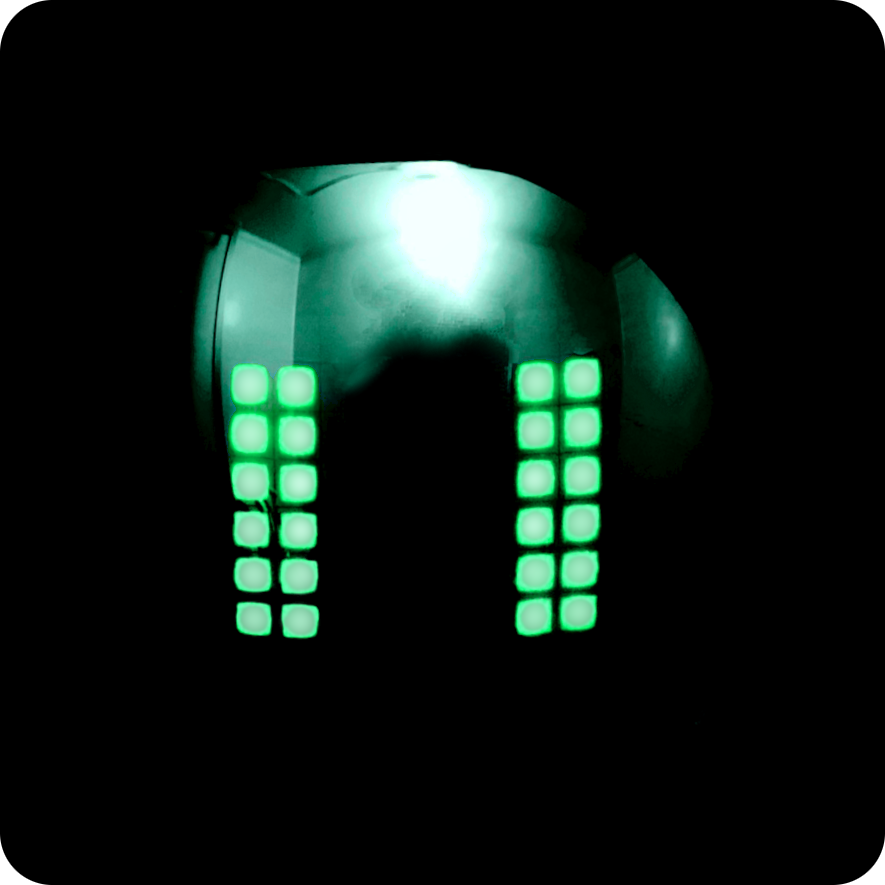
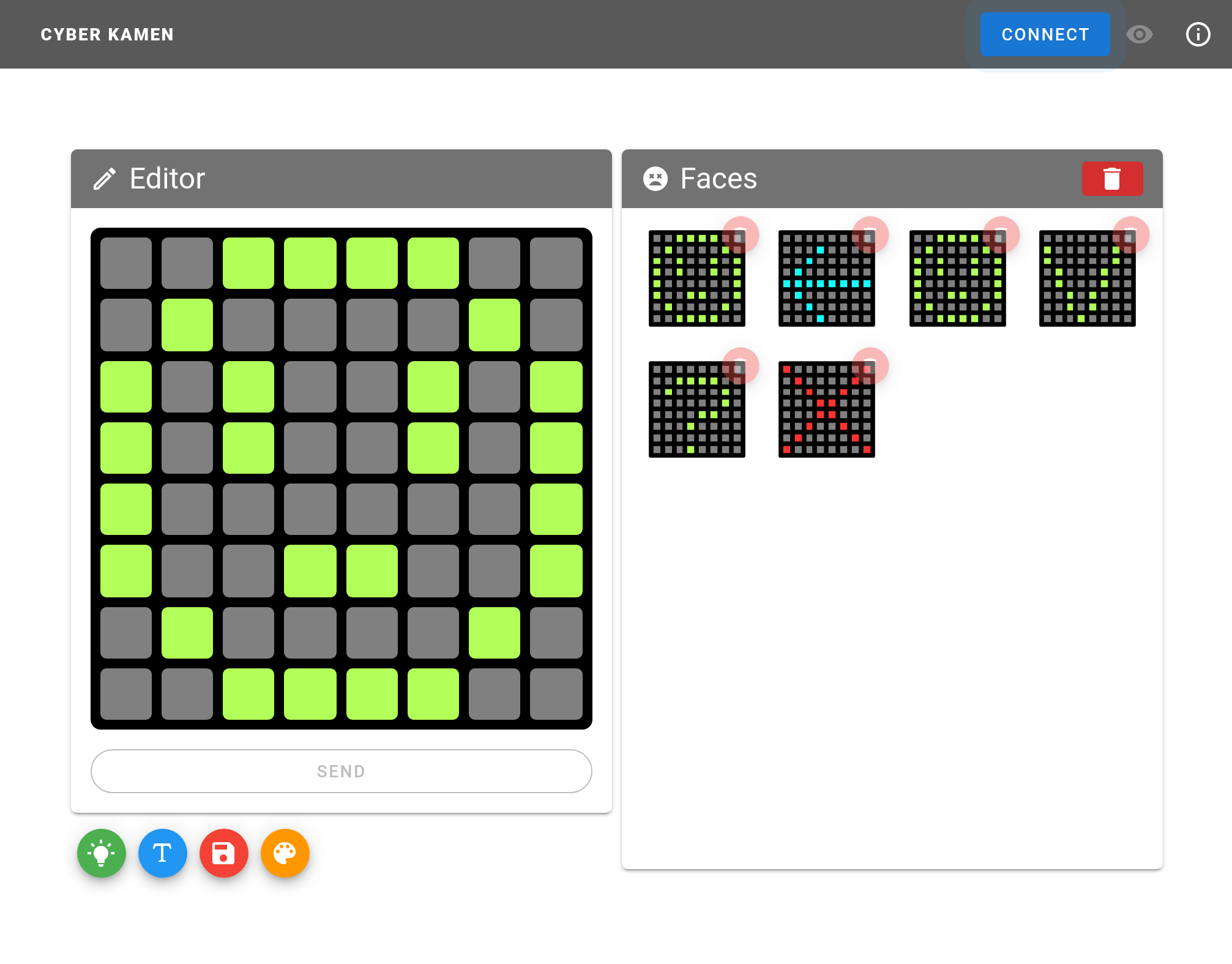
 +
+
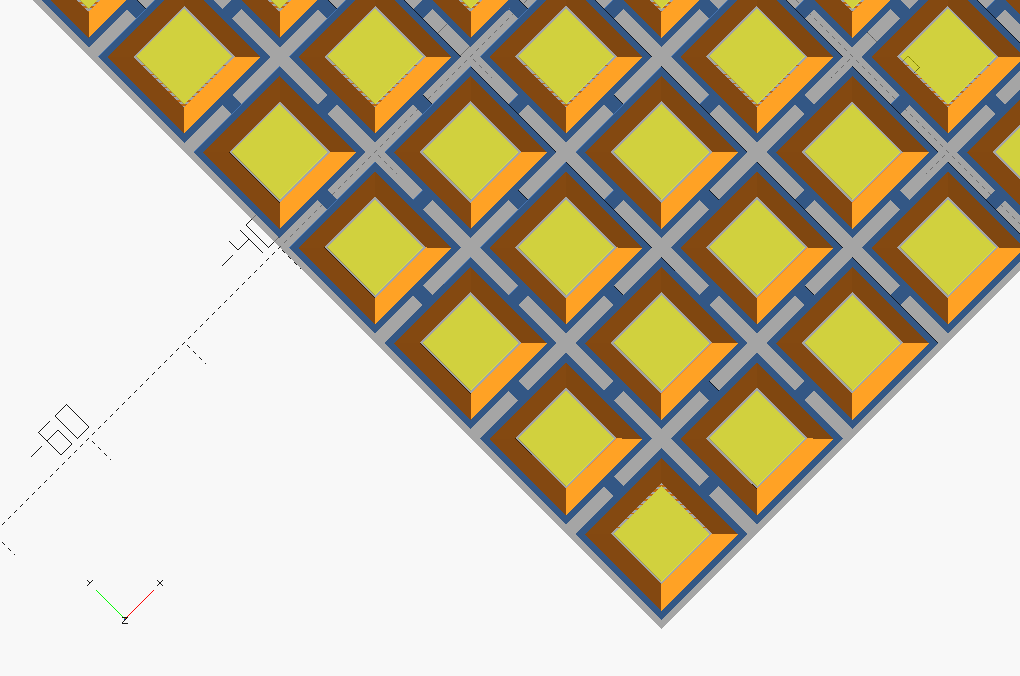
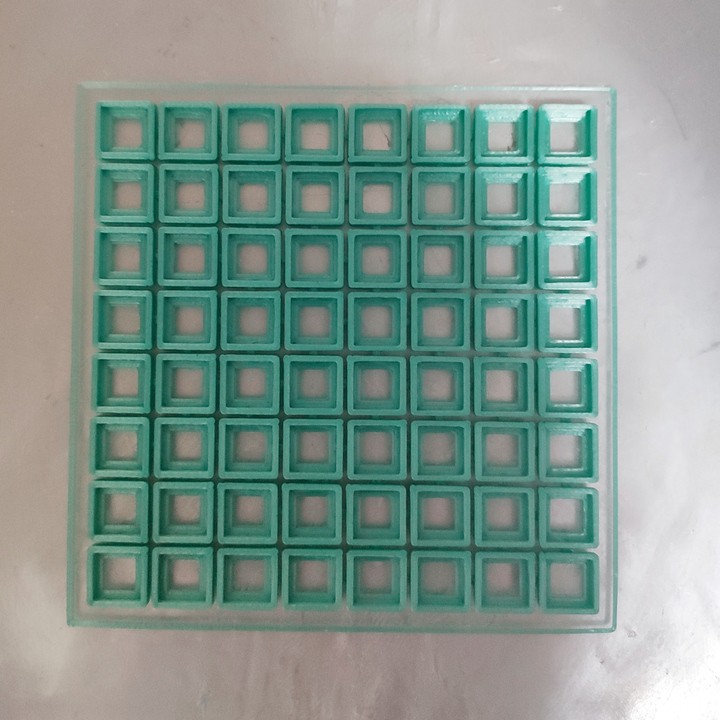

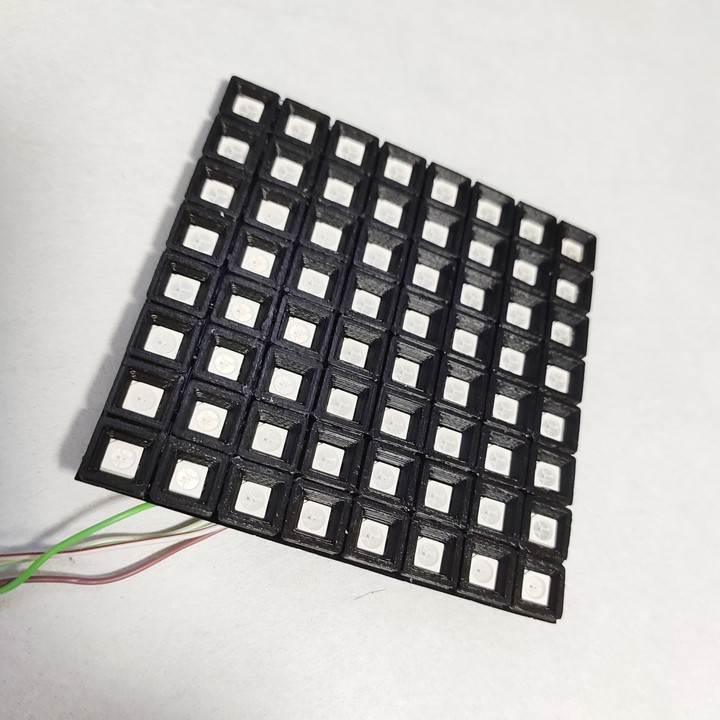
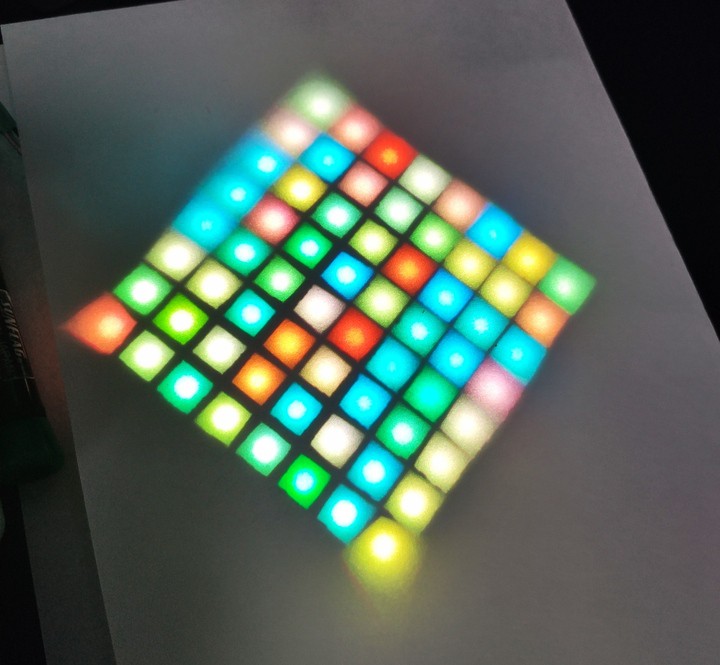

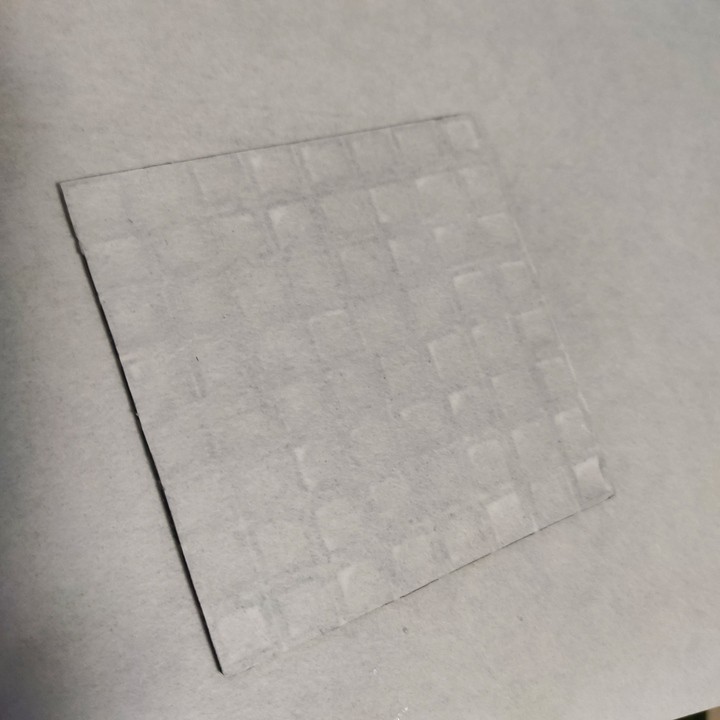
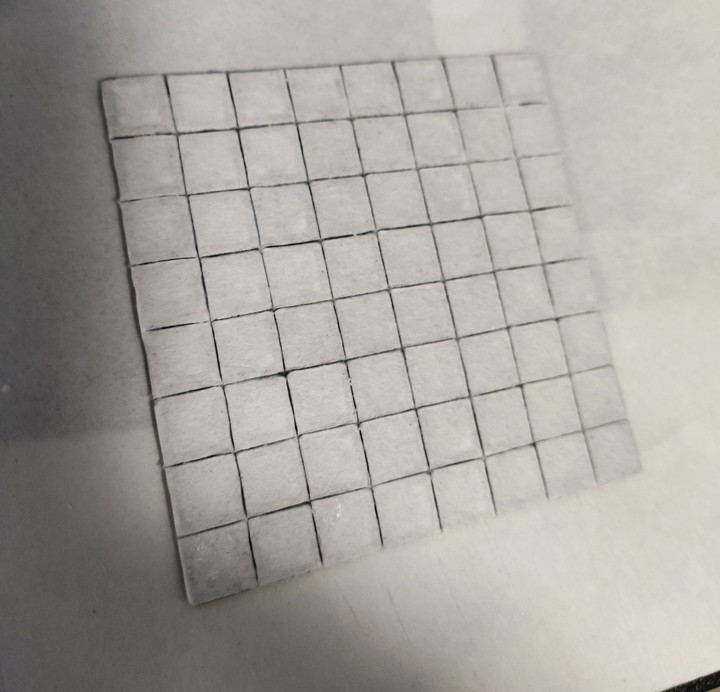
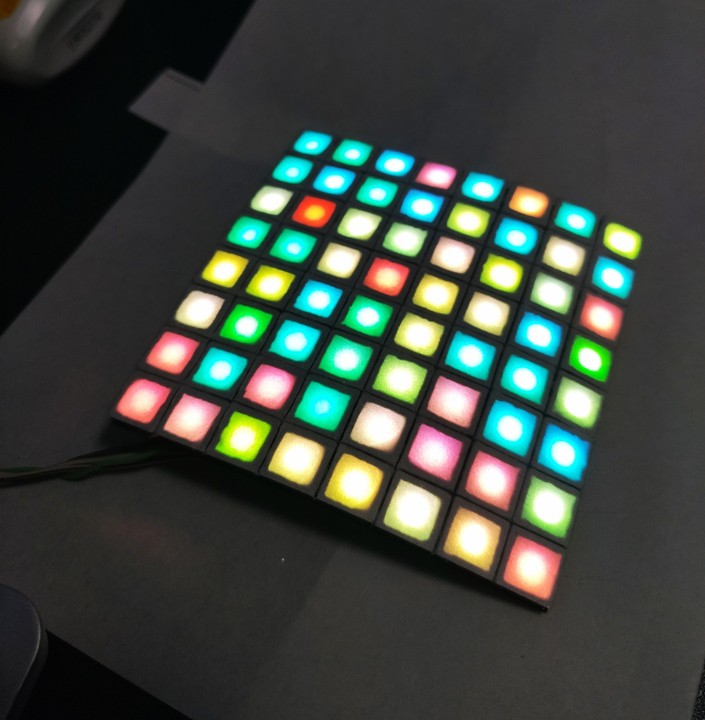

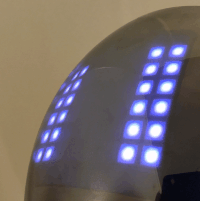
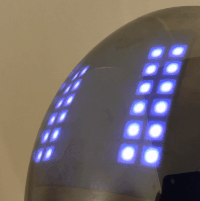
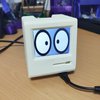

 Martin Fasani
Martin Fasani
 Chad Lawson
Chad Lawson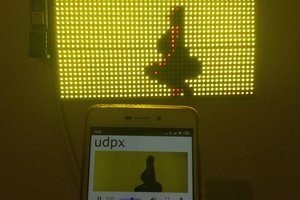

 Hulk
Hulk
is it seethrough? if so, im making one.